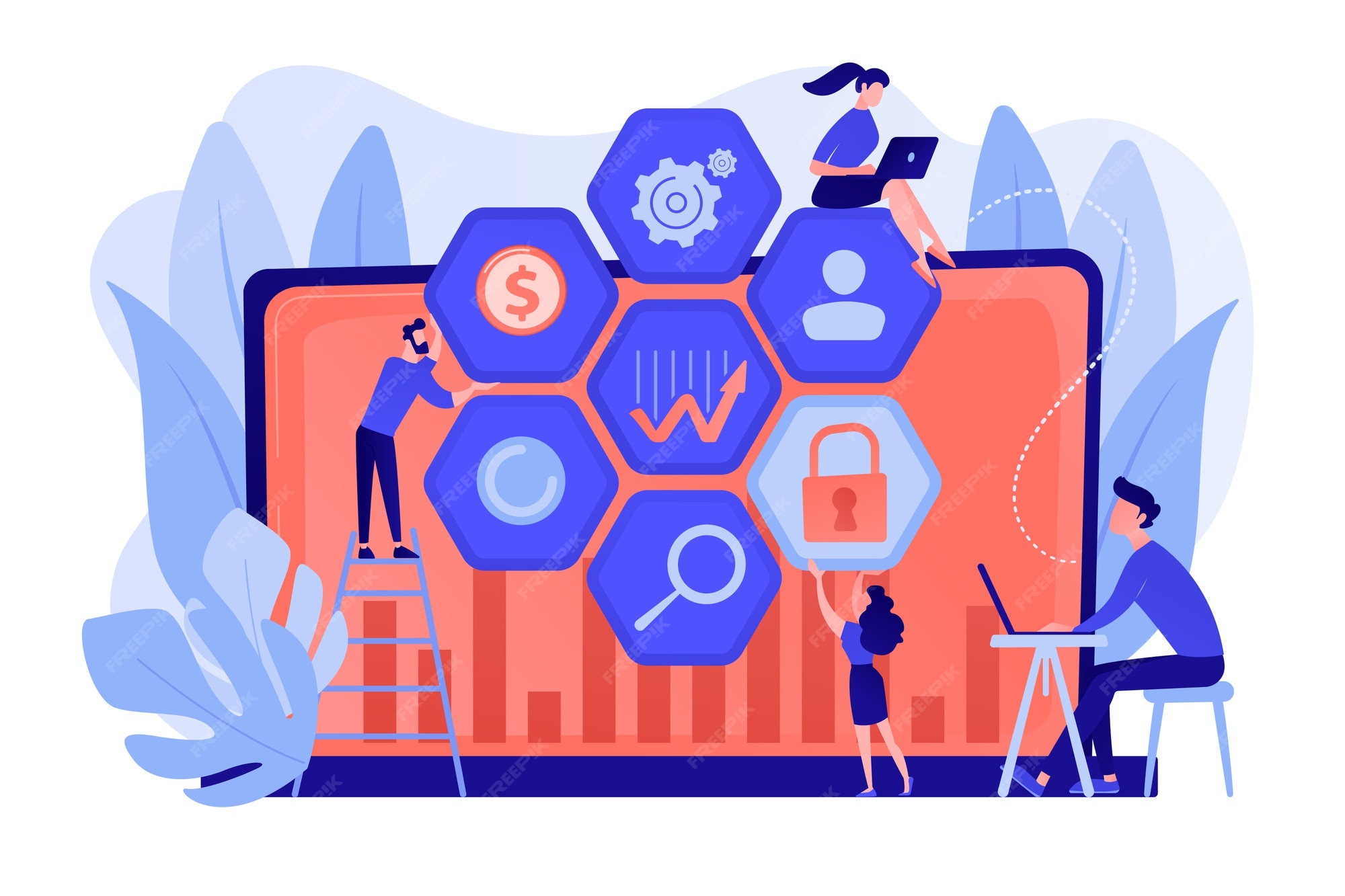
The Psychological Impact of Social Media Intelligence on Cyber Analysts
The role of cyber analysts often entails continuous exposure to distressing and harmful content, including violent or explicit material, hate

Image Source: FreeImages
Social media threats refer to the potential risks and vulnerabilities that individuals and businesses face when using social media platforms. These threats can compromise the security and privacy of your personal information, expose you to social engineering attacks, and even lead to identity theft. It is crucial to have a solid understanding of these threats to safeguard your online presence effectively.
Phishing attacks are a common and persistent threat in the realm of social media security. These attacks typically involve cybercriminals masquerading as legitimate entities to trick users into divulging sensitive information such as passwords, credit card details, or personal identification information. They often employ deceptive tactics, such as sending fake emails or messages that appear to be from reputable sources.
To protect yourself from phishing attacks, it is essential to remain vigilant and exercise caution when interacting with suspicious emails or messages. Be skeptical of requests for personal information, and avoid clicking on unknown links or downloading attachments from untrusted sources. Additionally, enabling two-factor authentication and regularly updating your passwords can significantly enhance your security posture.
Social engineering is a technique employed by cybercriminals to manipulate human psychology and trick individuals into divulging confidential information or performing harmful actions. Social media platforms provide a wealth of personal information that attackers can exploit to craft convincing narratives and gain the trust of their targets.
To mitigate the risks associated with social engineering, it is crucial to exercise caution and maintain a healthy level of skepticism when interacting with others online. Avoid sharing sensitive information publicly, and be mindful of the information you provide, even in private conversations. Additionally, familiarize yourself with common social engineering tactics, such as pretexting and baiting, to recognize potential threats and protect yourself from falling victim to these manipulations.
One of the significant risks of social media is the potential for information disclosure. Many social media platforms encourage users to share personal details, such as their full name, date of birth, and location. While sharing this information can help you connect with others, it also exposes you to risks such as identity theft and stalking.
To protect your privacy, managing your social media privacy settings is crucial. Regularly review and update your privacy preferences to restrict the visibility of your personal information. Be mindful of the content you share and consider the potential consequences before posting. Additionally, limit the amount of personal information you provide on your profile and be cautious about accepting friend requests or connections from unknown individuals.
Fake accounts or impersonation profiles are another prevalent social media threat. Cybercriminals create these accounts to deceive others, gather personal information, or carry out malicious activities. They often use the stolen identities of unsuspecting individuals to lend credibility to their fraudulent schemes.
To protect yourself from fake accounts, being cautious when accepting friend requests or connecting with others on social media is essential. Verify the authenticity of the account by checking for common signs of impersonation, such as limited activity, suspicious messages, or inconsistencies in information. Report any suspicious accounts to the platform administrators to help prevent others from falling victim to these scams.
Social media platforms also serve as potential vectors for malware and cyber attacks. Cybercriminals may distribute malware disguised as legitimate files or links, compromising your device’s security and potentially granting unauthorized access to your personal information.
To safeguard against malware and cyber attacks, it is crucial to exercise caution when interacting with content on social media. Avoid clicking on suspicious links, especially those shared by unfamiliar or untrustworthy sources. Regularly update your devices and antivirus software to ensure you have the latest security patches and protections. Additionally, consider using a reputable ad-blocker or browser extension to mitigate the risks associated with malicious advertisements.
Now that we have explored the various social media threats let’s delve into some best practices to enhance your social media security posture and protect your online presence.
Creating strong and unique passwords is one of the fundamental steps in securing your social media accounts. Avoid using easily guessable passwords, and consider using a combination of uppercase and lowercase letters, numbers, and special characters. Additionally, ensure that you use a unique password for each social media account to prevent unauthorized access in case one account is compromised.
Two-factor authentication adds an extra layer of security to your social media accounts by requiring an additional verification step, usually a unique code sent to your mobile device alongside your password. Enabling two-factor authentication can significantly reduce the risk of unauthorized access, even if your password is compromised.
Take the time to review and update your social media privacy settings regularly. Familiarize yourself with the available options and customize the settings to align with your desired level of privacy. Restrict the visibility of your personal information to trusted connections, and be cautious about sharing sensitive details publicly.
Think twice before posting any content on social media. Consider the potential consequences and how the information you share may be used. Avoid posting sensitive personal information, such as your address or phone number, and be cautious about sharing your location in real-time. Remember that once you share something online, it may be challenging to control who has access to it.
Stay informed about the latest social media threats and security best practices. Regularly educate yourself on emerging threats and trends in social media security. Follow reputable sources like cybersecurity blogs and news outlets to stay updated on the latest developments. You can proactively protect yourself and adapt your security measures by staying informed.
In conclusion, social media security is critical to protecting your online presence and personal information in today’s interconnected world. By understanding the various social media threats and implementing best practices, you can significantly enhance your security posture and mitigate the risks associated with social media use. Remember to use strong and unique passwords, enable two-factor authentication, review privacy settings regularly, be mindful of what you share, and stay informed about the latest security trends. By prioritizing social media security, you can enjoy the benefits of social media while safeguarding your digital well-being.
https://onlinedegrees.und.edu/blog/types-of-cyber-security-threats/
https://www.techtarget.com/searchsecurity/tip/6-common-types-of-cyber-attacks-and-how-to-prevent-them
The Top 5 Biggest Cyber Security Threats That Small Businesses Face And How To Stop Them
https://www.relativity.com/blog/hacking-human-psychology-understanding-social-engineering/
https://media.defense.gov/2021/Sep/16/2002855950/-1/-1/0/CSI_KEEPING_SAFE_ON_SOCIAL_MEDIA_20210806.PDF
https://www.rainn.org/safe-media
https://www.businesstechweekly.com/cybersecurity/data-security/social-media-security/

The role of cyber analysts often entails continuous exposure to distressing and harmful content, including violent or explicit material, hate
Definition and Characteristics Stealth attacks refer to malicious activities that involve intrusions into computer systems without detection or raising alarms.
Sign up to get regular updates about security and special product promotions.
We value your privacy and will only use your email address for sending the newsletter. You can unsubscribe at any time.
For more details, review our Privacy Policy.